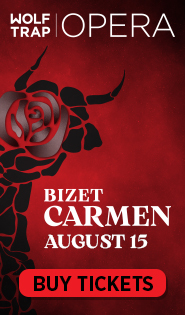Top Ten Performances of 2023
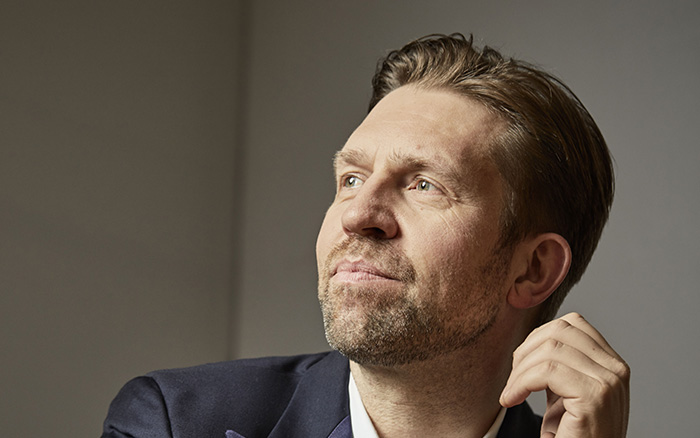
Pianist Leif Ove Andsnes performed a recital presented by Washington Performing Arts in January.
1. Leif Ove Andsnes. Washington Performing Arts.
Leif Ove Andsnes returned to Washington for the first time since 2017, with an intriguing program performed in the intimate Terrace Theater. A first half of relatively unknown repertoire (Vustin, Janáček, Silvestrov) allowed the Norwegian pianist to run the pieces together with no applause, blurring the lines between them. An astounding reading of Beethoven’s Op. 110 followed, full of technical wizardry and wit. Last, the Covid-19 lockdowns led Andsnes to study Dvořák’s hour-long Poetic Tone Pictures, vividly painted character pieces, especially the tipsy, spinning runs of “Bacchanalia,” which Andsnes has likened to “a Scarlatti sonata gone mad.”
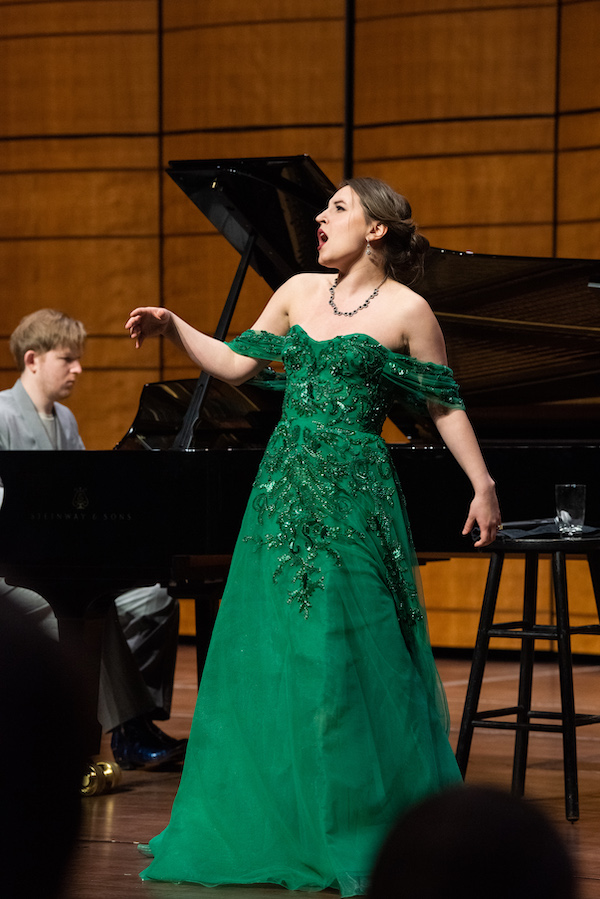
Soprano Emily Pogorelc performed a recital with pianist Chris Reynolds for Vocal Arts DC at the Kennedy Center. Photo: Courtney Ruckman
2. Emily Pogorelc and Chris Reynolds. Vocal Arts DC.
As last season’s installment of this presenter’s emerging singers debut series, Emily Pogorelc showed remarkable talent, a lyric soprano with the capacity for lighter coloratura fireworks. Dramatic instincts and compelling stage presence served her especially well in operatic showpieces. Her silky voice shone in rarely heard songs by Nadia and Lili Boulanger, and her adventurous side came out in contemporary pieces by Andrew Hsu and Joseph Schwantner. At the keyboard, Chris Reynolds brought ferocious technique and an eclectic side to a solo number, his own Listzian arrangement of a K-pop song.
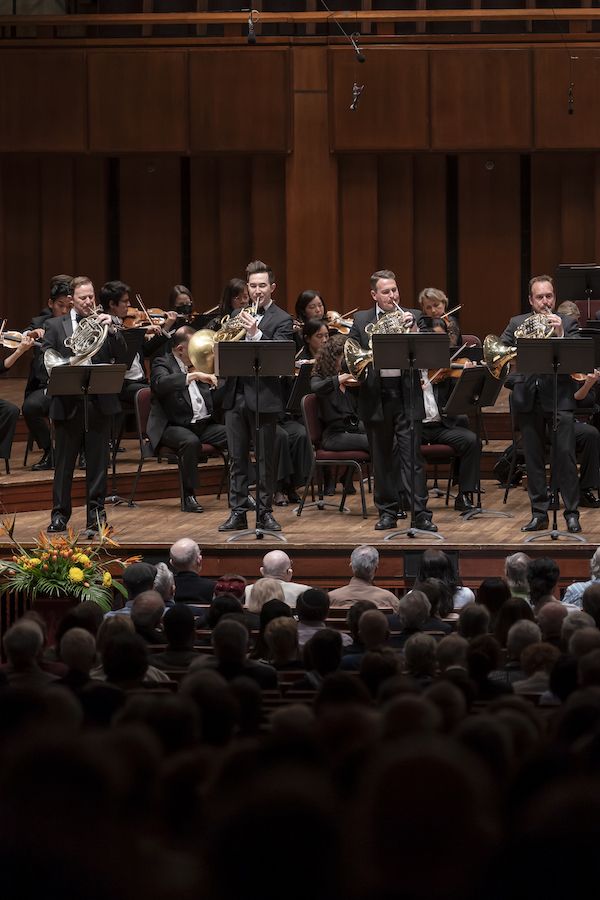
The NSO horns were featured as soloists in Schumann’s Konzertstück for four horns. Photo: Scott Suchman
3. Schumann: Konzertstück. Gianandrea Noseda/National Symphony Orchestra.
The NSO’s energetic music director outdid himself in fine programming for this concert, pairing overtures by Felix and Fanny Mendlessohn and concluding with Franz Schubert’s youthful Third Symphony. The undisputed highlight of the evening was Robert Schumann’s Konzertstück, a rarely heard piece from 1849 featuring four solo horns. Principal musician Abel Pereira led the NSO horn contingent of James Nickel, Markus Osterlund, and Robert Rearden. On their own and in ensemble lockstep, these four musicians turned in an exceptionally accomplished performance, with Pereira soaring into the instrument’s highest reaches again and again.
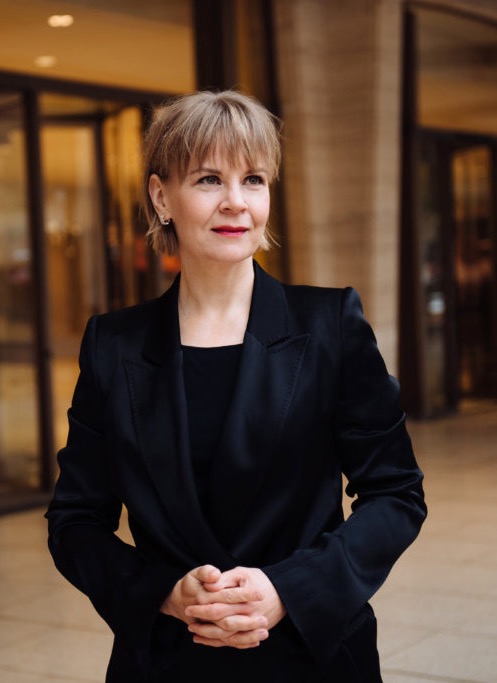
Susanna Mälkki conducted the Helsinki Philharmonic Orchestra at the Kennedy Center. Photo: Jiyang Chen
4. Music of Sibelius and Saariaho. Susanna Mälkki/Helsinki Philharmonic Orchestra. Washington Performing Arts.
The most distinguished touring ensemble to come to town this year was the Helsinki Philharmonic, under the baton of Susanna Mälkki, at the end of her remarkable tenure as music director that concluded with the 2022-2023 season. A worthy all-Finnish program opened with L’Aile du Songe, a striking flute concerto by Kaija Saariaho, rendered by soloist Claire Chase with shamanic voiced hums, spoken words, overbreaths, and overtones. Mälkki also led an explosive performance of Sibelius’s Lemminkäinen’s Return, followed by a superlative interpretation of the composer’s Second Symphony. Before launching into an encore of Finlandia, Mälkki noted, “We are obviously in a patriotic mood,” referring to Finland joining NATO the previous month.
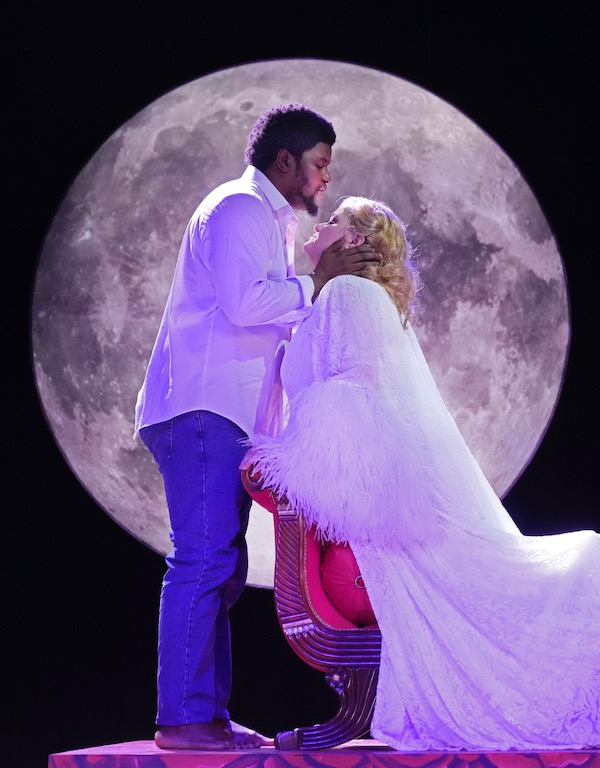
Esther Tonea in the title role and Lunga Eric Hallam as Jupiter in Handel’s Semele at Wolf Trap Opera. Photo: Ken Howard
5. Handel: Semele. Wolf Trap Opera Company.
In what was one of the best summer opera seasons at Wolf Trap in the last decade, this vivid production of Handel’s Semele stood out. The all-around excellent cast of young singers featured the local debut of the outstanding South African tenor Lunga Eric Hallam as Jupiter, heard later in the season in equally fine turns in Don Giovanni and Orff’s Carmina Burana. Soprano Esther Tonea, Emily Treigle, Véronique Filloux, and others were also sensational, as was the well-drilled chorus of studio artists featured in Handel’s many choral parts, conducted confidently by Timothy Long.
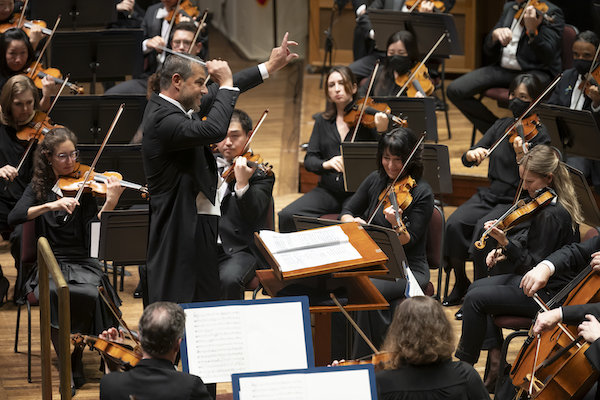
Jader Bignamini conducted the National Symphony Orchestra in music of Respighi at the Kennedy Center. Photo: Scott Suchman
6. Respighi’s Roman Trilogy. Jader Bignamini/National Symphony Orchestra.
This fall lucky Washingtonians learned the name of Jader Bignamini, who stepped onto the podium of the Kennedy Center Concert Hall when NSO music director Gianandrea Noseda was sidelined by Covid. The Italian conductor stood in for the Respighi program that his compatriot was going to present as a guided tour of his homeland’s capital city for the residents of his adopted capital city. Bignamini took over and turned in a Technicolor performance on short notice. Not long afterward, the Detroit Symphony Orchestra announced it would extend Bignamini’s contract as their music director until 2031, a smart move based on his outing here.
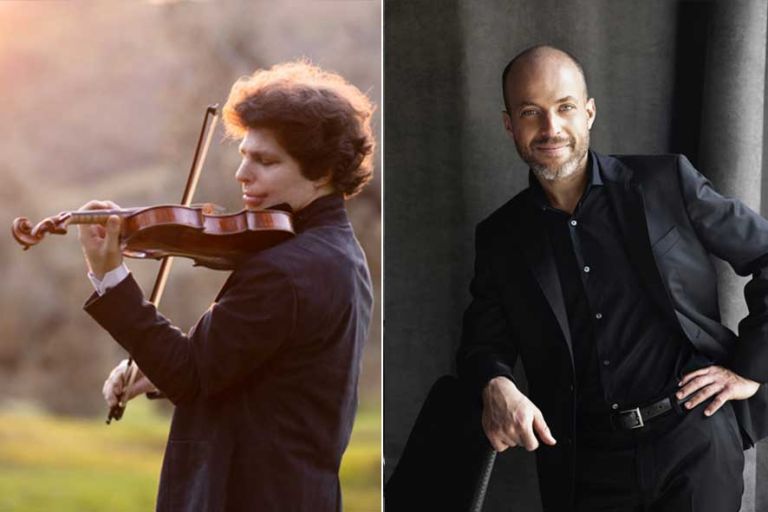
Augustin Hadelich and Orion Weiss performed in the Fortas Chamber Music Concerts.
7. Augustin Hadelich and Orion Weiss, Fortas Chamber Music Concerts.
Just when it seemed that Augustin Hadelich was playing with unimprovable sound, he outdid himself by returning to Washington with a new violin. In 2020, he exchanged the Stradivarius he had been playing for the loan of the “Leduc” Guarneri del Gesù, made around 1744. This marvelous instrument had not been heard in public since the death of its last regular player, the celebrated Henryk Szeryng, in 1988. In both older music by Beethoven as well as more contemporary fare, his performance with pianist Orion Weiss set a new high watermark for this extraordinary musician. John Adams’ Road Movies and an encore of Eddie South’s Black Gypsy stood out for special praise.
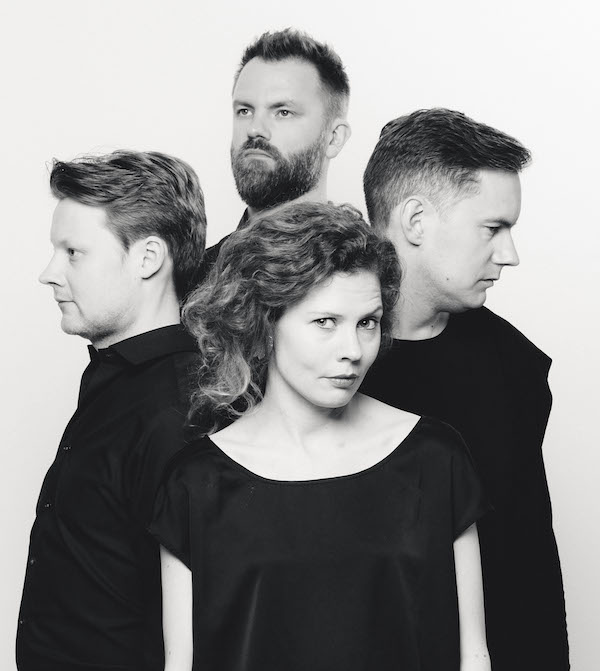
META4 performed at the Library of Congress. Photo: Tero Ahonen
8. Meta4 String Quartet. Library of Congress.
This distinguished Finnish string quartet made a memorable debut to open the Library of Congress’s free concert season, reopening Coolidge Auditorium after repairs from extensive water damage. The start of their rendition of Kaija Saariaho’s Terra Memoria, from 2006, was almost inaudible, a few whispers of sound seeming to grow out of the quiet whirr of the air handler above. Their Shostakovich proved just as compelling, and a performance of Sibelius’s Voces intimae rounded out a masterful program.
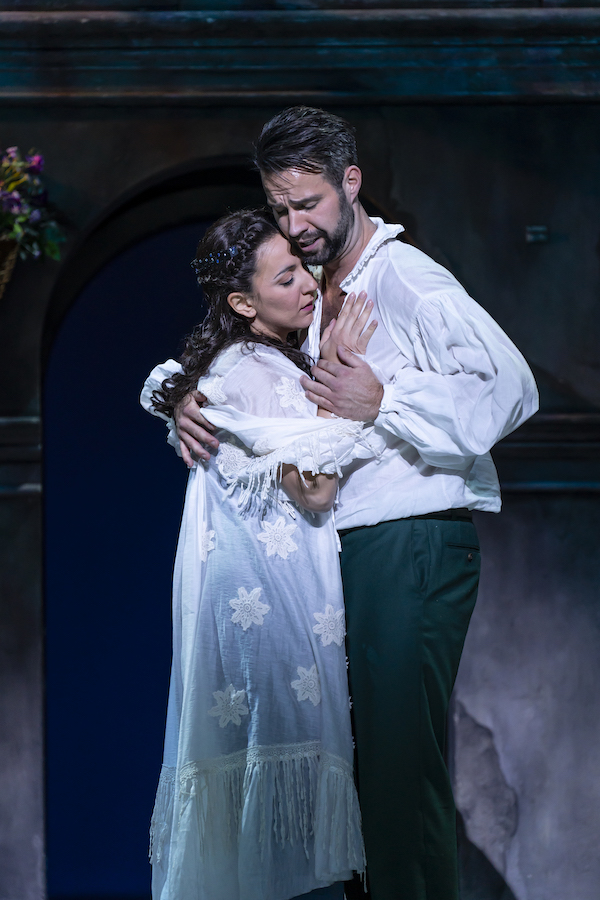
Rosa Feola and Adam Smith starred in Gounod’s Roméo et Juliette at Washington National Opera. Photo: Scott Suchman
9. Gounod: Roméo et Juliette. Washington National Opera.
Washington National Opera has faced a slow, unsteady recovery from the coronavirus lockdowns. Mounting fewer productions in the Kennedy Center Opera House, where musicals have taken over, the city’s one-time leading company was in need of a hit. It got one in this dynamic production of Gounod’s second-most-famous opera. The two principals, soprano Rosa Feola and tenor Adam Smith, looked the part and had the vocal strength to bring across their powerful love and tragic end, both in striking company debuts. Simon Godwin, the British-born artistic director of Washington’s own Shakespeare Theatre Company since 2018, took on directing opera for the first time in this production and made something both modern and beautiful.
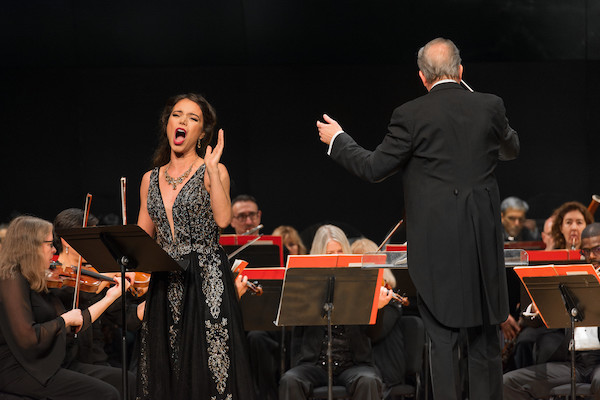
Ginger Costa-Jackson sang the role of Andromaca with Antony Walker conducting Rossini’s Ermione for Washington Concert Opera. Photo: Caitlin Oldham
10. Rossini: Ermione. Washington Concert Opera.
Antony Walker brought another first to Washington Concert Opera, indeed to the whole city, with a sterling rendition of Rossini’s almost-forgotten tragedy Ermione. The opera turned out to be worth the esteem the composer held it in, long after its youthful failure. Not only was it a local debut, it also featured a stellar cast, even with the puissant soprano Angela Meade, singing the title role, slightly under the weather. David Portillo and Lawrence Brownlee were remarkable in the dueling tenor roles, and Ginger Costa-Jackson made an incandescent Andromaca.
Best Ballet Productions
Two visiting companies performed truly memorable choreographies this summer. New York City Ballet, in a June visit to the Kennedy Center Opera House, presented two programs featuring their marquee choreographers. Afternoon of a Faun, by Jerome Robbins, updated the Debussy ballet to a striking meta-commentary on ballet dancers. In August, Richmond Ballet made its debut at Wolf Trap, performing John Butler’s classic danced version of Orff’s Carmina Burana, a choreography as salacious as the Latin lyrics that inspired it.
Most Eccentric Recital
This dishonorable mention goes to Chinese pianist Lang Lang, whose performance at the Kennedy Center was perhaps the most aggressively weird of his many strange performances over the years. An odd, drawn-out rendition of the Goldberg Variations was preceded by Schumann’s Arabeske and followed by two encores drawn from his recording of songs from Disney movies.
Best Debut/Saddest Demise
Verdi’s Nabucco was not exactly a daring choice for Washington Concert Opera, but their performance of the work last March featured a scorching debut by Alexandra Loutsion. As Nabucco’s adopted daughter, Abigaille, the spitfire soprano imposed her powerful voice, from a resonant chest range up to a searing high C. In sadder news Brad Clark, founder of Maryland Lyric Opera, announced in October that he was shutting down the company after nine seasons.
Wildest Costume
Soprano Gwendoline Blondeel took the role of La Folie in Opera Lafayette’s reconstruction of Rameau’s Io. She delivered the character’s crazy aria, with sneers, growls, and grunts, in a stage-consuming Lady Gaga outfit. This was the most overwhelming part of a Technicolor costume design by the drag queen Machine Dazzle, something like what Dr. Seuss might have created for a Mardi Gras Pride Parade. It was so out there that one barely noticed the two male dancers in hot-pink thongs.
Sugar Plum Award
The highly coveted award for this year’s best Christmas concert goes to the Washington Douglass Chorale. Conductors Scott Tucker, formerly of Choral Arts Society of Washington, and Nolan Williams, Jr. formed the group with equal numbers of black and white singers. Their first concert, a Lessons and Carols service featuring both conductors’ choral traditions, gave the city another reason to celebrate.
Lux Aeterna Luceat Eis
The classical music world lost a number of esteemed and eminent people in 2023, including composers Kaija Saariaho, Lewis Spratlan, Gloria Coates, and David Del Tredici; conductor Yuri Temirkanov; pianists Menahem Pressler, André Watts, and George Winston; opera singers Stephen Gould, Renata Scotto, Grace Bumbry, and pioneering countertenor James Bowman; blogger and music critic James Jorden of Parterre; and Richard Gaddes, general director of Opera Theatre of Saint Louis and Santa Fe Opera. Among prominent literary losses were novelists Cormac McCarthy and Kenzaburo Oe, as well as poet Louise Glück.
